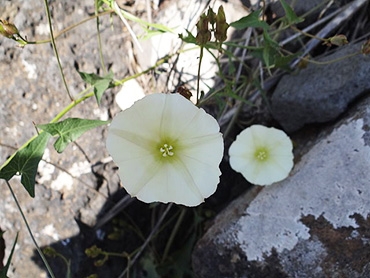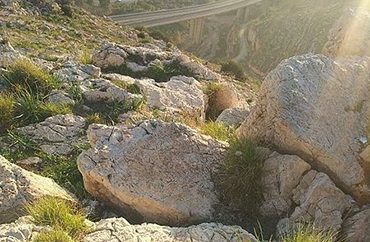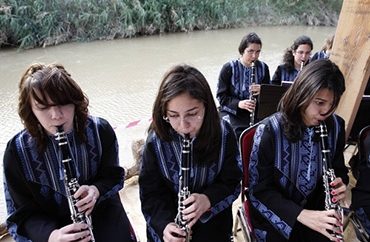Gamla
Gamla Nature Reserve

Hanay CC BY-SA 3.0
Gamla-Nature-Reserve
Visiting the beautiful Gamla Nature Reserve in the Golan Heights easily provides a full day of family fun activity. One of the most striking nature reserves in the country, Gamla boasts the highest waterfall in Israel (50 meters). However arguably its most interesting attraction, besides the stunning natural setting, are its about 80 Griffon vultures, very large birds of prey or raptors, with a wingspan of around 2.5 meters. Watching these magnificent birds in flight is an uplifting and special experience.
The reserve is large and it can be quite a hike to take in the whole area of Gamla, the nature reserve, the vultures, and the waterfall. However you can easily enjoy parts of it by visitng the lookout over Gamla, where you can watch the vultures above. The excavated city of ancient Gamla, a Jewish town from the 2nd Temple period, is a 20-minute walk from the observation point.
The Gamla Nature Reserve includes trails for families, archaeological ruins pre-dating the 2nd Temple, and a memorial that pays tribute to Golan residents who died during Israel’s wars. More experienced hikers can pass the canyon to visit the waterfalls of the Bazalet Stream and the Daliyyot Stream’s northern tributary.
Gamla Israel History
Gamla in the Golan Heights has a rich and varied history. When the Israelites fought and defeated Og, the King of the Bashan, the area was given to half of the tribe of Menashe.The Judaean ruler Alexander Jannaeus held the area from 84 – 81 BCE, but with the arrival of the Romans, the Emperor Augustus put Herod in charge. Gamla was the scene of one of the fiercest battles between the Jewish rebels and the Roman conquerors during the Great Revolt in 66 CE.
Built on a steep hill, shaped like camel’s hump (‘gamal’ is Hebrew for a camel) the city needed only one fortified wall. Its position and natural design were perfect for its defence, and the Jews fought bravely through several battles. Alas in the end, they were no match for the might of the Roman army.
Josephus Flavius, who switched sides from being a Jewish commander to fighting for the Romans, gives a very detailed account of the fall of the city of Gamla. He describes the design of the city, the preparation to fight, the battle, the Roman breakthrough, and the mass suicide of the remaining inhabitants who threw themselves into the ravine rather than be taken prisoner.
Gamla Archaeological Discoveries

Hanay CC BY-SA 3.0
Gamla-Synagogue
A Jewish presence in Gamla was easily proven with archeological discoveries. Its distinctive shape made Gamla easy to identify when the archaeologists went in search of the city.
Just inside the entrance to the town is one of the world’s most ancient synagogue ruins, whose ancient stones predate the 2nd Temple’s destruction. It was excavated along with a mikvah (ritual bath).
Extensive excavations revealed startling finds. More catapult bolts, arrowheads, and ballista stones for warfare were discovered here than had ever been found in the entire Roman Empire, bearing witness to the tremendous battles which took place.
Findings identified included a Roman Army officer’s helmet, a man-made breach in the fortified wall, and a siege-hook nearby. Most of these items are now on display in the Golan Archaeological Museum in Katzrin.
Did You Know?
Gamla is also known as ‘the Masada of the North,’ as the siege of the hilltop stronghold, Masada near the Dead Sea, also ended in mass suicide.








